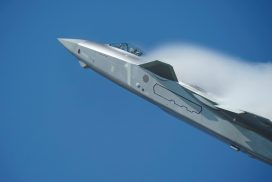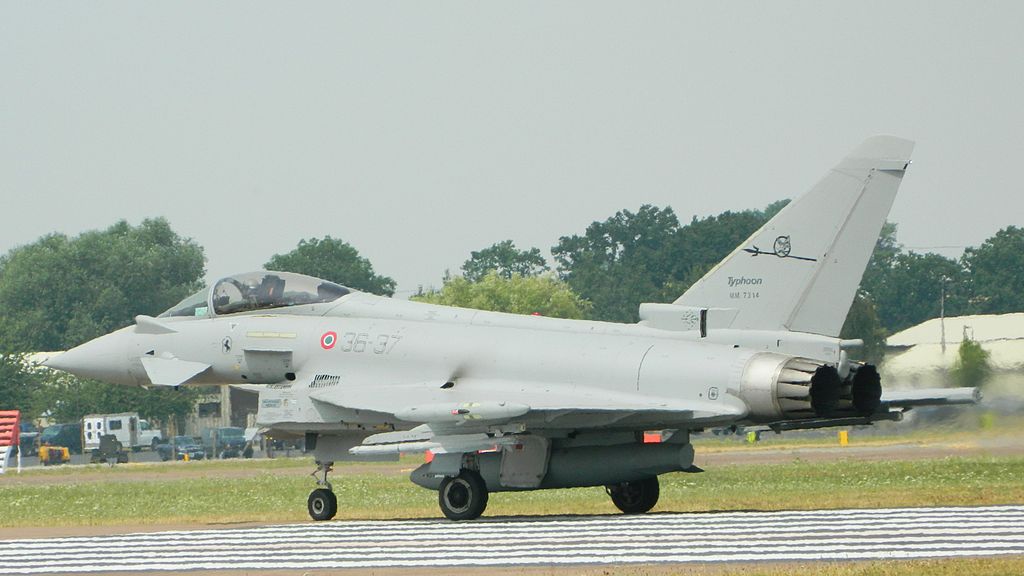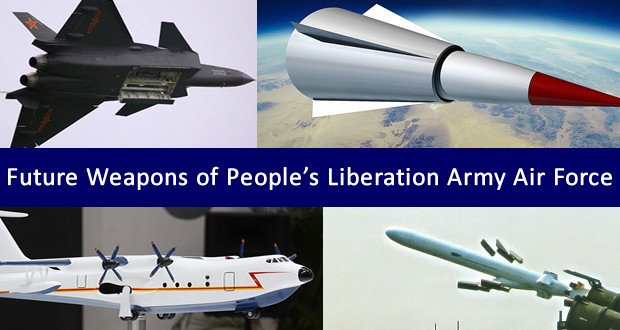TEL AVIV — The biggest victim of reordered, post-Lebanon war spending priorities is the Israel Air Force, which now stands to acquire much fewer — perhaps only half — of the 100 F-35 Joint Strike Fighters (JSF) initially planned for its future force.br /Under the 2008-2012 spending plan, IDF brass approved funding for just one squadron of 25 JSF aircraft, which will become operational around 2015-2016, defense and industry sources here said.br /In the follow-on, five-year plan, the Air Force hopes to receive funding for another two squadrons, which would boost its JSF force to 75 by the end of the decade. However, defense and industry sources say this assessment is overly optimistic.br /“They’re now talking about one squadron of 25 planes … and if we’re lucky, we may get another squadron of 25 in the next five-year plan,” said a prominent airpower lobbyist. He added, “Few are seriously talking any more about the full 100 planes.”br /Despite the prospective cuts in JSF buys, U.S. sources said it should not have an impact on the ongoing bilateral program, which is running behind schedule due to protracted, but now resolved, technology transfer problems.br /Earlier this summer, the Washington-based JSF program office released data from a so-called Phase One study that the Israel Air Force needs to assess its future requirements. Those data were expected two years ago, and could have helped the Israel Air Force make a stronger case for more funding in the recently approved spending plan, Israeli sources here said.br /The plan, as approved, includes funding for a small number of C-130 airlifter replacements and boosts in the service’s UAV force. However, it also provides funding for several programs that would likely have been featured in multiyear spending plans prior to the Lebanon War, when Lt. Gen. Dan Halutz, a former Israel Air Force commander, was chief of general staff of the country’s military.br /Dropped from the newly approved investment plan are funds for new and refurbished AH-64D Apache Longbow attack helicopters, new primary aircraft trainers and additional F-15I fighters to bridge gaps prior to deployment of the F-35, sources here said.
Menu
Copyright © 2007- 2025 • Defence Aviation • All Rights Reserved. Reproduction without explicit permission is prohibited.



